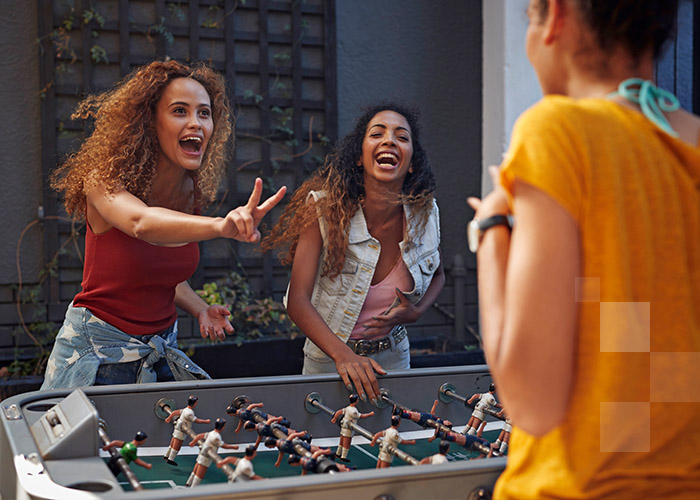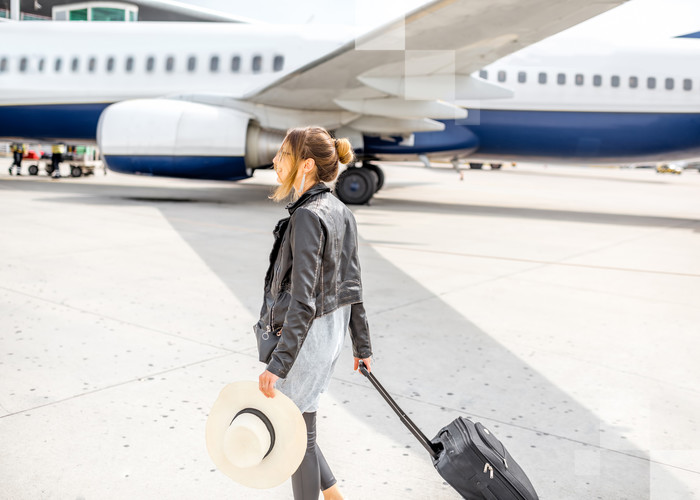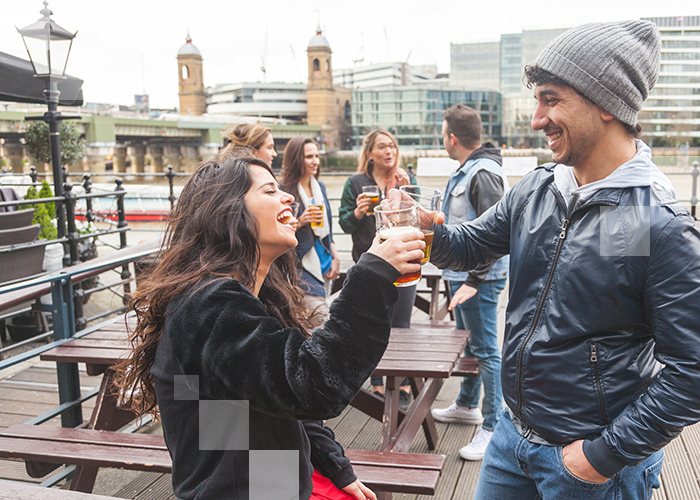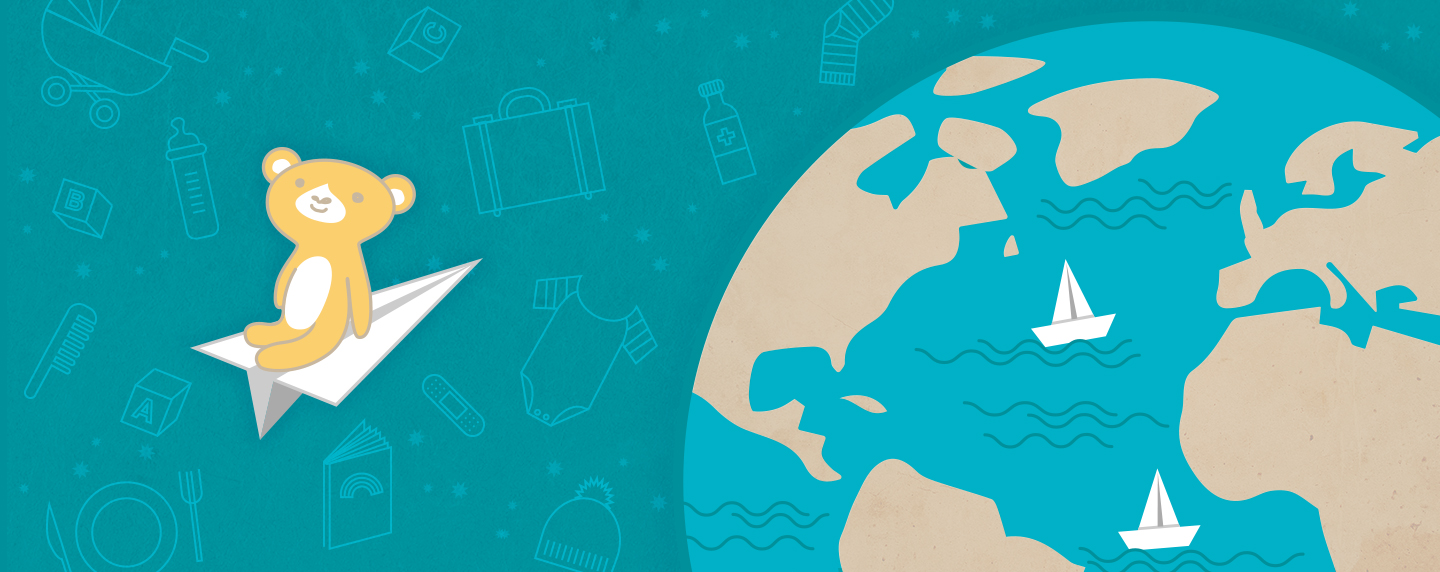Starting a conversation with someone new can be tough no matter what the situation may be. Whether it’s at work in the coffee queue or over an awkward first date drink when it becomes increasingly obvious you should have swiped left.
If it were easy there wouldn’t be countless technologies to avoid face-to-face interaction altogether. However, it can be even harder when travelling solo. There may be a language or cultural barrier, or you may be an introvert whose idea of breaking the ice is creating a storm shield base in Fortnite.
That said, one of the most rewarding parts of travelling is getting to know locals and befriending other travellers. Boost your travel confidence with our 8 openers easy enough for the most introverted travellers to try. And once you’re equipped with the tools to get chatting, all that’s left is planning your next holiday. KAYAK can help with that too.
“Do you know the WiFi password?”
When to use it: Anytime there may be free WiFi (or someone looks like they may be packing a hot spot).
If there’s one thing that connects all travellers it’s the universal need for free and accessible WiFi. Make a joke about your need for constant connection or share the photo you’ve been waiting to Instagram — maybe they can help you choose a filter. As long as it’s not Kelvin.
“I like your [clothing item, accessory, hairstyle].”
When to use it: When you see someone whose style you’re genuinely digging.
Giving a genuine, respectful compliment on something a person has put time or effort into is a great way to open up a conversation. But if you’re not careful, it could also leave you looking like Regina George. Only use this one if you’re genuine and even if you don’t make a new friend, you’re bound to walk away with some local shopping tips. Which, let’s be honest, is almost as good.
“Are you travelling solo, too?”

When to use it: When you see someone on their own at a hostel, restaurant, museum or other tourist-heavy areas.
If you’re travelling to a city popular with tourists, chances are you won’t be the only solo traveller looking to make friends. This opening line calls up the shared experience and can be a great way to start a conversation about your individual trips and, if all goes well, provide the opportunity to do some exploring together. If the person ends up being a local, laugh off your mistake and ask them for tips on what to see next.
“Wow, this queue is really long.”
When to use it: When waiting for food, entrance to a museum or club, or generally anytime you find yourself in line.
Waiting in line is a great time to start a conversation — after all, you literally have nothing else to do and neither do the people around you. Just try not to sound too excited when commiserating with locals. Turn the conversation over to what happens when you reach the front. Which exhibit are they most excited to see? Have they been here before? Would they want to grab a drink once inside? We’re not saying you should wait in line for the sake of it, but if you’re not on a schedule and a queue is forming in front of restaurant or bar, chances are there’s something fun happening inside. Or maybe they also read this article.
“I overheard you mention [random attraction/restaurant/museum]. I’m thinking of going there tomorrow. Any tips?”
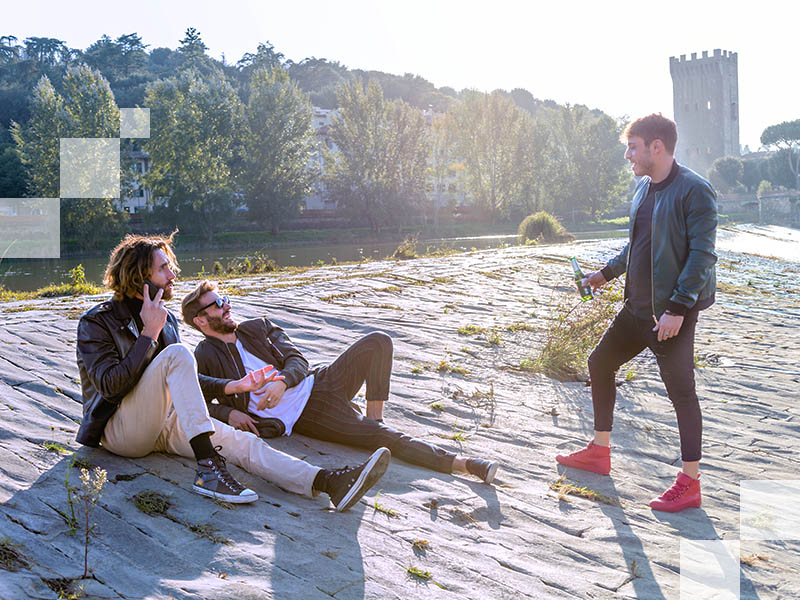
When to use it: When you’re in a populated area where it’s easy to organically happen upon others’ conversations.
We don’t recommend eavesdropping (we prefer active listening), but if you happen to overhear people talking about cool things to do in an area, it’s the perfect opportunity to a.) make new friends and/or b.) get advice on what you should see next. Similarly, if you overhear people talking about going somewhere you’ve already been, you can use it as an opportunity to offer up your own advice. However, it’s best to keep your tips travel related. Offering up a Googled medical diagnosis or unsolicited relationship advice is not recommended.
“Do you know the best way to get to [random attraction]?”
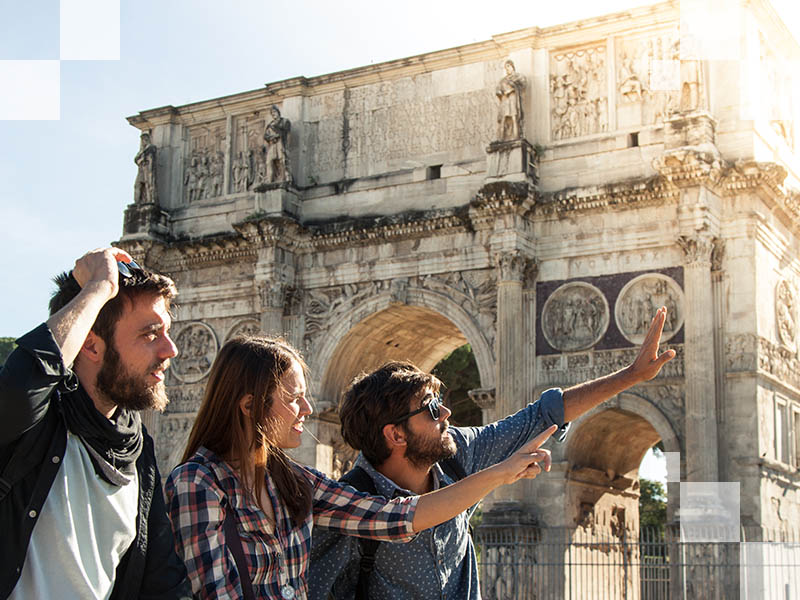
When to use it: Anytime you’re en route anywhere. Even if you know where you’re going.
Asking for directions is the old standby of icebreakers for good reason. It’s an easy way to ask an unassuming question and quickly gauge whether the person is interested in chatting. If they immediately avert eye contact and mumble a few directions under their breath (one of which sounds pretty vulgar for a street name), you’ll get a clear indication they aren’t up for a chat. But if they stop and smile, or offer thoughtful directions, you may be able to keep the conversation going by asking their advice on what to do there, or where to grab a bite afterwards.
“Are you from the area?”
When to use it: As an opening line to preface asking for local recommendations or directions.
This easy-to-ask question will often open up a dialogue that can take a number of directions. If the person is local, follow-up by asking their recommendations for authentic cuisine or which attractions you shouldn’t miss. If the person turns out to be a fellow traveller, ask where they’re from, how long they’re in town, and if they’d like to grab a coffee with you. If you’d like to take the face-to-face interaction out of this one, there’s always Tinder.
“Will you take a photo for me?”
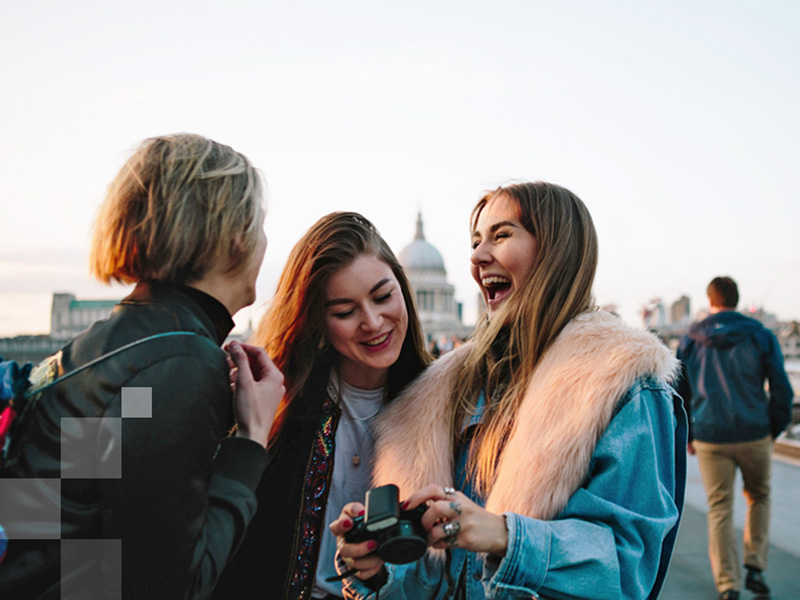
When to use it: While doing some solo sightseeing.
Make a joke that your selfie stick was confiscated and ask if they’d mind taking your photo. This works best in front of monuments, street art or notable attractions and less well in line at Starbucks. But, if your espresso is a memorable one, who are we to judge? #lattegram
Be sure to keep the number of photos to a minimum. Reshoots are no way to make friends, and you may want to keep the conversation going. Unless they take one single photo. You don’t need that kind of negativity in your life.
Whichever icebreaker you choose, just remember the first rule of communicating with people: Don’t be creepy. And, even if you do everything right, not everyone is going to be looking to talk. Remind yourself it has nothing to do with you. Read social cues and if someone’s not receptive, quickly move along and don’t take it personally.
